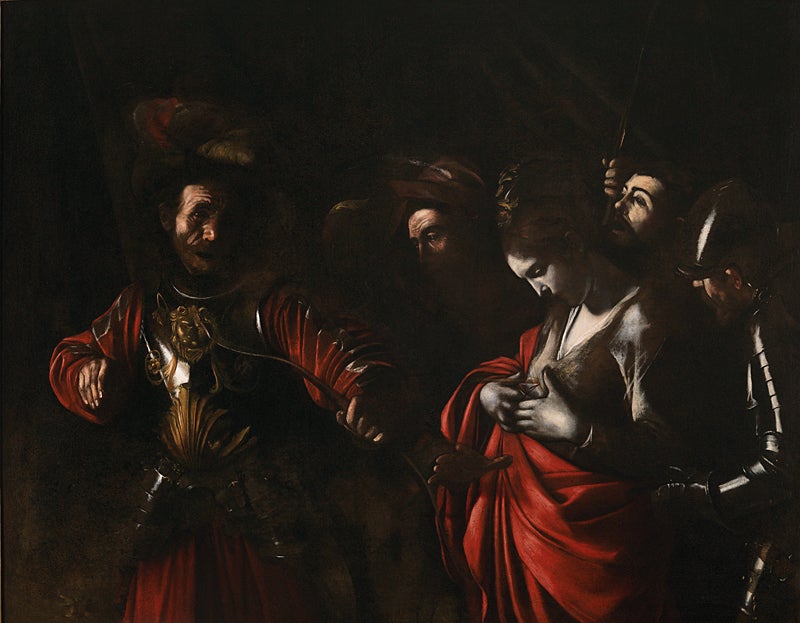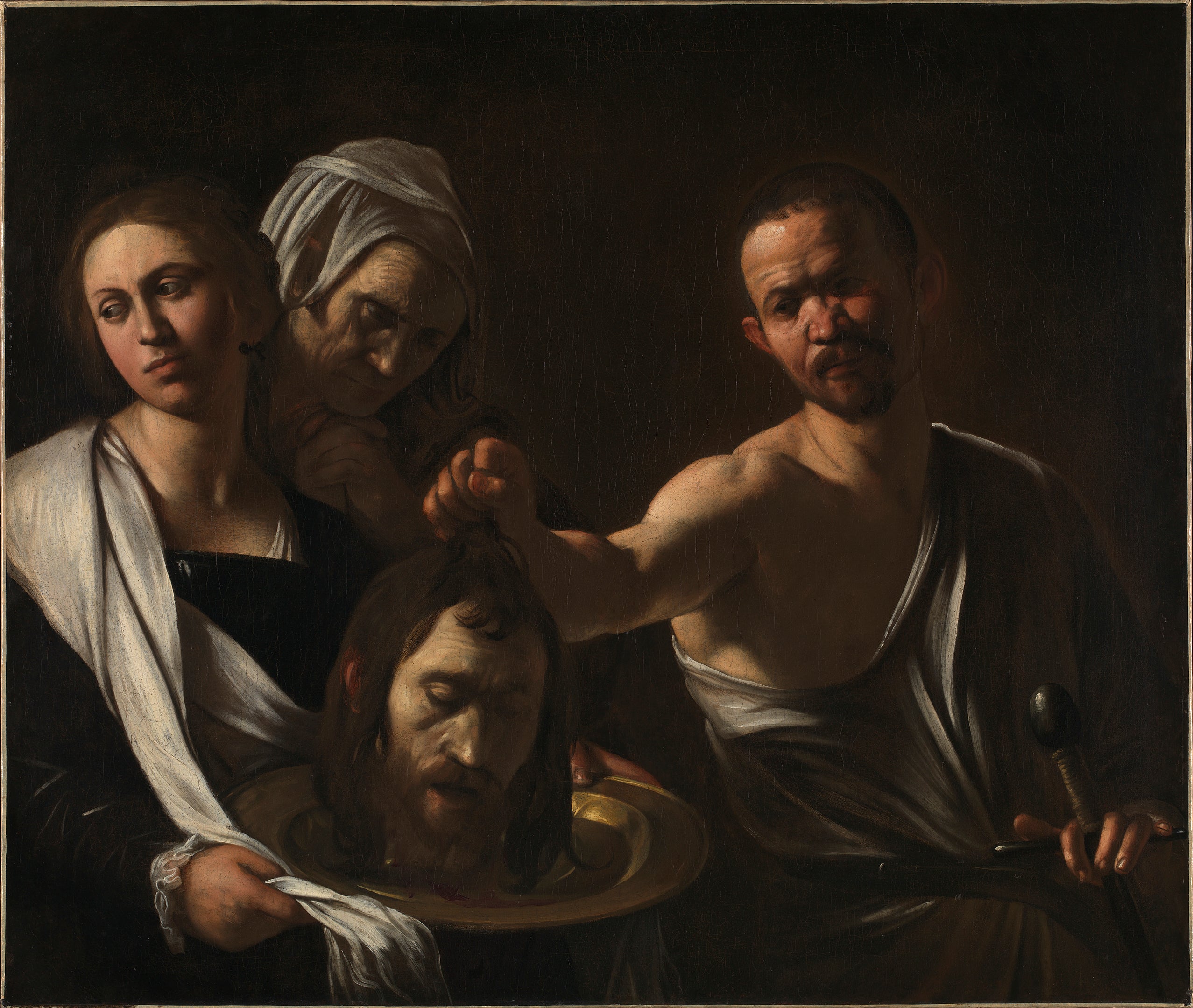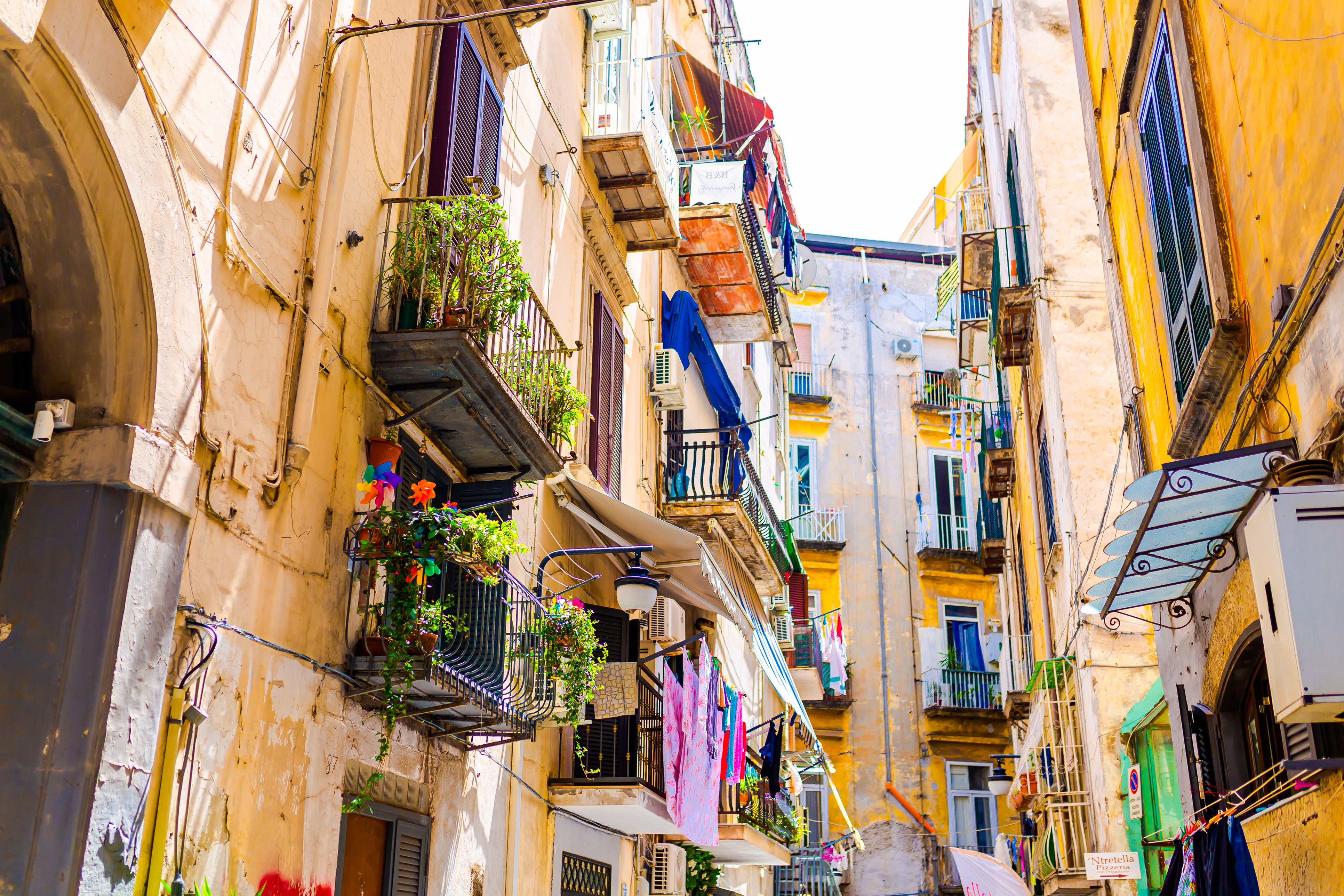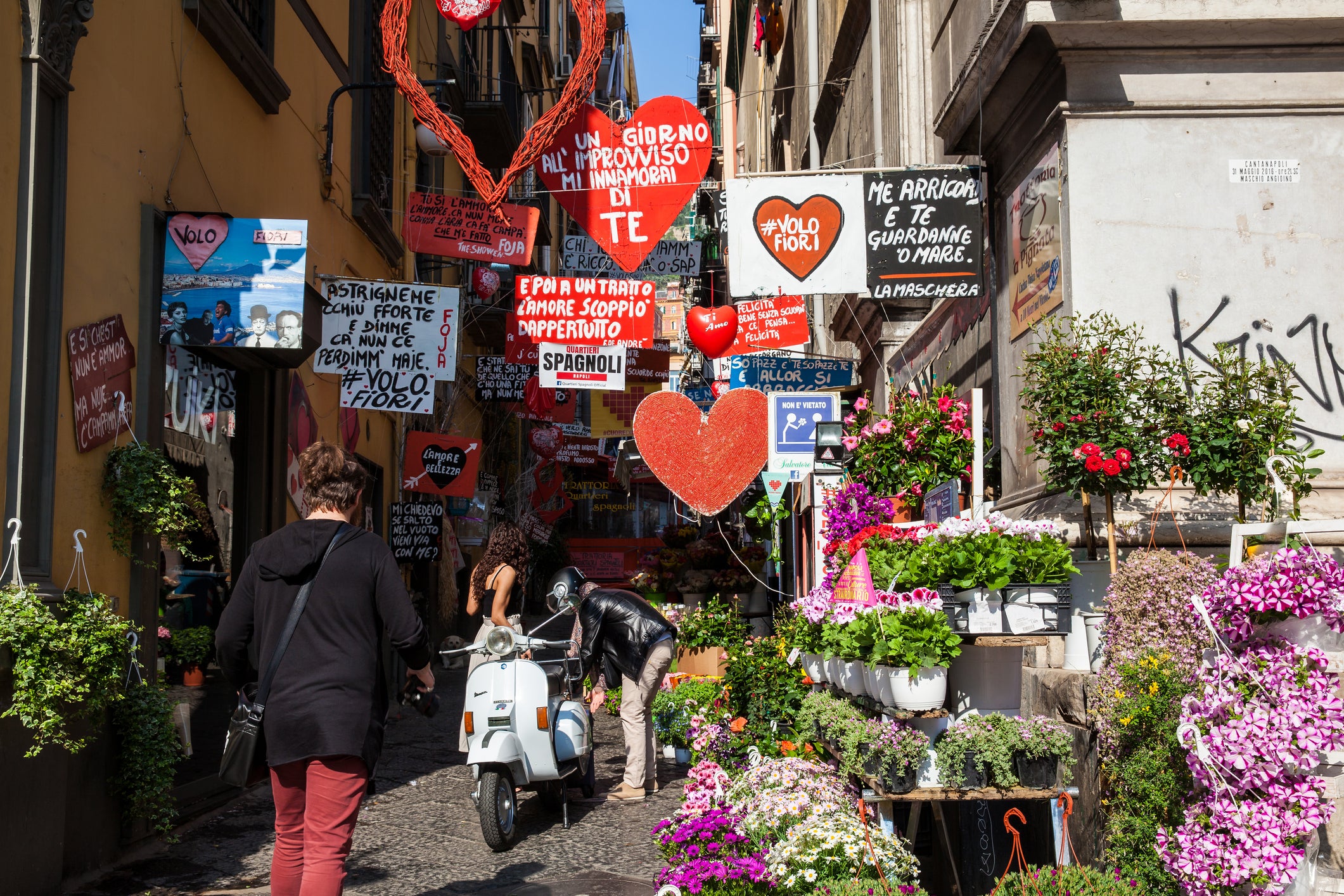Tales of the city: How the National Gallery’s new Caravaggio exhibition brings a dark story to life
As one of the most famous Caravaggio’s arrives at the National Gallery from Naples as part of the London institution’s 200th anniversary celebrations, Michael Hodges looks at what the rebellious painter’s works tell us about the soul of a great city and how we live today

A severed head, a tortured man, a murdered woman, each of them caught in the illuminating gaze of a visionary artist. Which other long-dead painter talks to our fears like Caravaggio? Unnervingly violent, psychologically fraught, and, to contemporary eyes, compellingly cinematic, four centuries after they were created, his works still exert an unsettling emotional force.
This is particularly true of The Flagellation of Christ and the other paintings in which those grisly images appear, completed towards the end of Caravaggio’s life during his exile in Naples between 1606 and 1610.
And now, one of them, The Martyrdom of St Ursula, has joined the National Gallery’s own Salome with the Head of John the Baptist as part of the London institution’s 200th anniversary celebrations. It’s a very small show, with only two paintings, but it will be a must-see – both transporting and instructional. A pioneer of chiaroscuro, the technique that illuminates faces and torsos within a canvas of shadows, Caravaggio teaches us to fear the darkness in ourselves.
But what if he also tells us something about the way we live today and the increasingly sanitised cities that we visit in search of supposedly authentic experiences?
The Martyrdom usually hangs in Naples’ Gallerie d’Italia, housed in a former bank that faces onto the Via Toledo, a city thoroughfare thronged with Neapolitans. It arrives at a building that looks out on Trafalgar Square, a space often crowded by tourists but generally avoided by Londoners. It’s a telling illustration of the difference between cities that appear to thrive despite their many problems and those that, for all their successes, can feel like they are dying.

The centres of London, Paris and Prague, among others, have been hollowed out by tourism, becoming ersatz imitations of what they once were. Teeming Naples remains odorous, noisy, and very much alive.
Step out of the Gallerie d’Italia and cross the Via Toledo, as I did recently, and you enter the Spanish Quarter – an area of labyrinthine alleyways, draped with drying washing, that clings to the hillside below the monastery of Santa Lucia al Monte. Immediately there is a heightened sense of danger. Is my wallet safe? Is that guy on the scooter squeezing past about to snatch my bag? Where am I going?

This frisson of jeopardy has previously put some visitors off Italy’s third-largest city, but it carries its own delights for others – and, in reality, the crime figures suggest that central Naples is safer than central London.
Walk on through the Spanish Quarter and you’ll encounter couples kissing or bickering, pensioners carrying bags of vegetables home for lunch, mothers hanging out washing. Around the next corner you might stumble upon an impromptu shrine to a saint or, painted on a wall with infinite care and devotion, a picture of the late Argentinian footballer Diego Maradona who, like Caravaggio, was a troubled man who found a kind of absolution in Naples.
Caravaggio came here for safety in 1606 after he murdered a bookie, Ranuccio Tomassoni (supposedly during a fractious tennis match). Sentenced to death if caught on Papal territory, the artist found refuge and commissions in Spanish-controlled Naples. He also encountered the prostitutes, pimps and soldiers who were the models for his dramatic religious paintings.
Teeming Naples remains odorous, noisy, and very much alive
Is there a Neapolitan type? Look into the faces you meet in the Spanish Quarter and you might wonder. Is that the lead torturer in The Flagellation, the same model as the gurning king of the Huns in The Martyrdom, and the executioner holding John’s head in Salome? You wouldn’t want to meet him in a dark alley, though Caravaggio clearly did.
Right now, looking into that disturbing face is a little easier as The Flagellation has been brought down from its usual home at the Capodimonte Museum, the former Bourbon palace on the heights above the city. No need to climb the hill: the painting is propped against a wall at head height in the Diocesan Museum of Naples, housed in the Church of Santa Maria Donnaregina Nuova in the Historic Quarter.
Unesco-protected, this is a district where, like the Spanish Quarter, people still live and where Gabriele Finaldi, the current director of the National Gallery, briefly went to primary school only a few blocks away from the 17th-century church.

Caravaggio wasn’t here for long, but his mark is all around, both on the city and the generation of Caravaggisti artists that followed, like Battistello Caracciolo, whose masterpiece The Liberation of Saint Peter hangs in the 17th-century Pio Monte della Misericordia, also in the Historic Quarter. And here, above the altar, you’ll find what is possibly Caravaggio’s strangest large work, The Seven Works of Mercy, commissioned by a nobleman’s charity that wanted a pictorial representation of its seven core activities.
He contrives to squash all of them onto the canvas but, being Caravaggio, he highlights the feet of a corpse and the back of a beggar. The ministering angels above all this are tumbling down like boys who have been flung from windows. Asked to deliver an uplifting account of good works, Caravaggio delivered a chaotic Neapolitan street scene full of foreboding.
Caravaggio knew nervousness was a prerequisite of city life. London, too, has churches and people that could have walked out of oil paintings, but Trafalgar Square carries no discernible sense that you are privy to the passions or private vicissitudes of your fellow citizens, of the psychological undercurrent that Caravaggio was so sensitive to. For that, you need to go to Naples.
The Last Caravaggio is at the National Gallery from 18 April to 21 July
Michael Hodges stayed at Hotel San Francisco al Monte Napoli.





Join our commenting forum
Join thought-provoking conversations, follow other Independent readers and see their replies
Comments